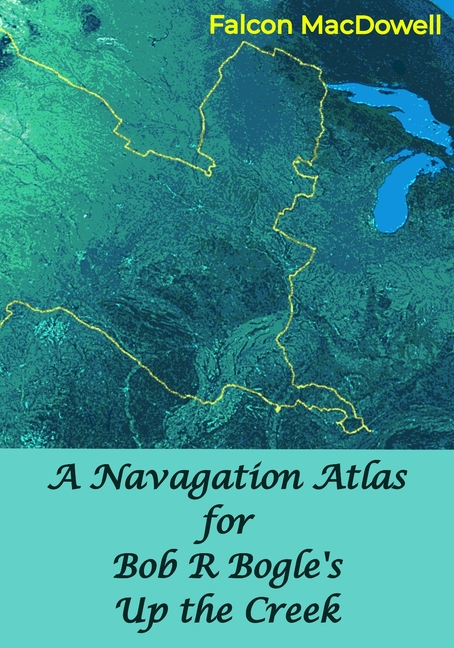Description
At the start of each chapter, MacDowell provides helpful maps which chart out the action of the narrative on a day-by-day basis. Innumerable stories involving many characters arise in the novel according to the seemingly haphazard associative processes of facile human recall. The appendices at the end of this Atlas are therefore of great interest and utility, for in Part 2, Genealogy and History, MacDowell has assembled and ordered all the scattered historical information, sorting it into straightforward chronologies which track major characters and families. This greatly simplifies the reader's task of trying to discriminate among the novel's numerous characters. And for those readers who don't happen to have an instantaneous and eidetic memory of the history of the American Civil War, MacDowell has also included many of the main events of that epic drama in his appended timelines, which can be handily consulted at any time during the novel's reading.
But it's the textual annotations themselves which appear in Part I, The Narrative of Up the Creek which, in addition to being a staggering and breathtaking guide to cross references found within the text, provides us with an extraordinary wealth of information about history, science, religion, politics, causal metaphysics, the West, popular song, our nuclear legacy, Celtic mythology, etc. Up the Creek is also intensively packed with inter- and intra-textual literary references, which has its own requisite appendix.
Product Details
- Jul 4, 2025 Pub Date:
- 9798286191420 ISBN-10:
- 9798286191420 ISBN-13:
- English Language




